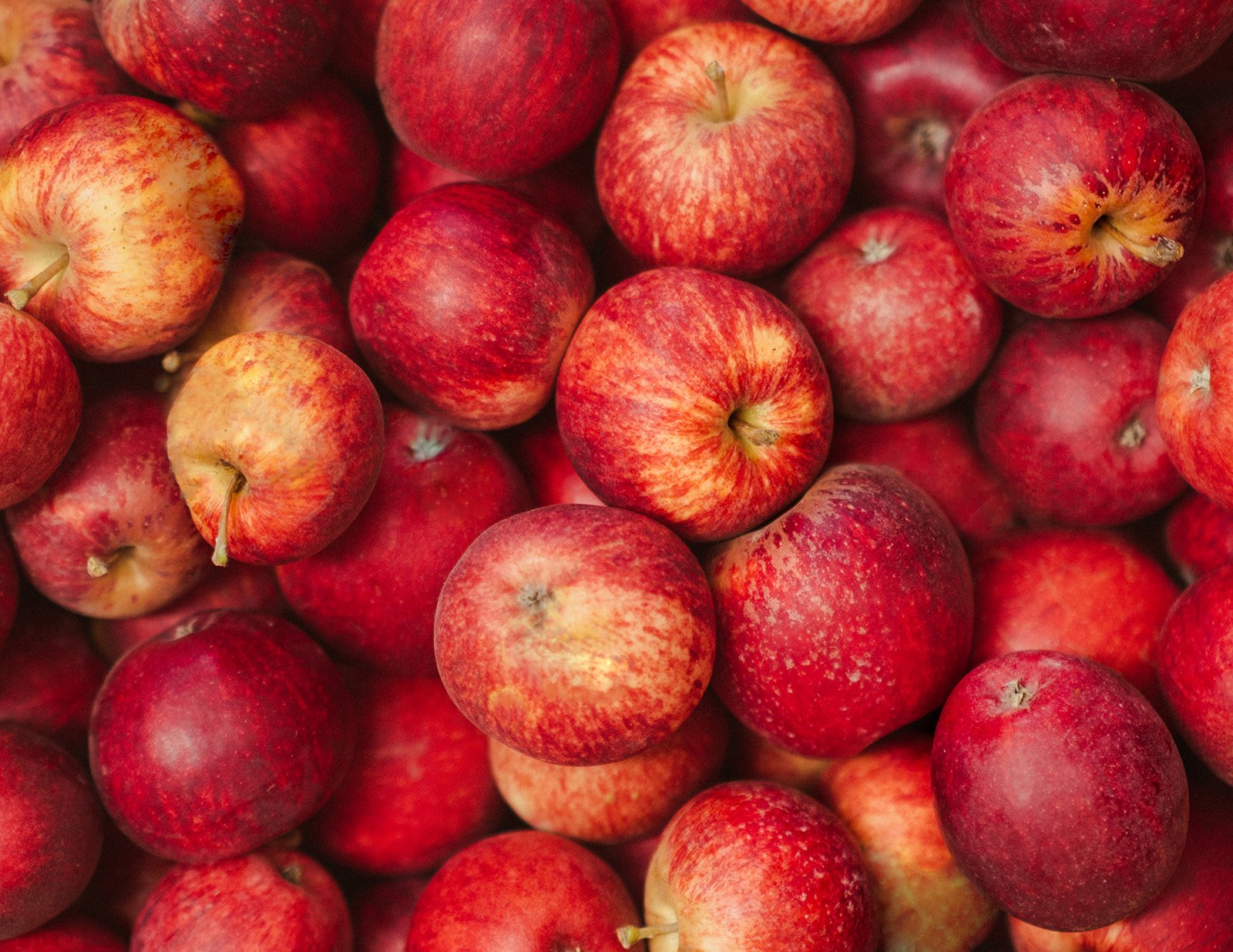Your cart is currently empty!
Apple Cider Vinegar: A Natural Remedy for Heart Health and Blood Pressure

Did you know that you could prevent or improve heart disease with just two teaspoons of our apple cider vinegar a day? That’s cheaper than any medication available on the market! But you don’t just have to take our word for it. This fact has been proven by medical studies over and over again.
Is Apple Cider Vinegar Bad for Heart Patients?
While apple cider vinegar has shown promising benefits for heart health, it’s important to understand its effects in a balanced context. For heart patients, apple cider vinegar may provide significant advantages, but moderation and proper medical guidance are key. Apple cider vinegar can interact with medications such as blood pressure or cholesterol-lowering drugs, so it’s crucial to consult your doctor before incorporating it into your daily routine. The acidity of the vinegar may also impact your digestive system, so diluting it in water or using it in salads is a safer way to consume it. Overall, apple cider vinegar is not inherently bad for heart patients; in fact, it may offer heart-healthy benefits when used correctly.
Is Apple Cider Vinegar Good for the Heart?
One study showed that vinegar or an acetic acid solution mixed with a normal diet in rats reduced their systolic blood pressure (that’s the top number on the blood pressure reading) by up to 20mmHg! Vinegar lowered the activity of renin and aldosterone by up to 40% and 25%, respectively. Renin and aldosterone are two hormones in the body that work to increase blood pressure. So, lowering their activity would enable better control of the disease.
Is Apple Cider Vinegar Good for the Heart?
Translating this to a human trial, a lower risk of fatal heart disease was reported in the Nurses’ Health Study, a study that involved thousands of people. This particular benefit was seen in nurses who consumed salads topped with oil and vinegar dressings regularly. Now, you might think it could have been the vegetables that produced this result. Or, maybe the healthy oil which was rich in omega-3. But, in fact, it was the vinegar. How do we know? This group of nurses was compared to a second group who regularly ate salads with creamy mayonnaise-based dressings. Vegetables? Check. Oil rich in omega-3? Check. But no vinegar. And also no benefit in the reduction of heart disease.
Apple Cider Vinegar and Cholesterol
Another way apple cider vinegar contributes to heart health is by balancing lipid profiles. High levels of a compound known as chlorogenic acid stop the bad cholesterol from getting oxidized in the arteries. To demonstrate this, researchers investigated the effect of taking apple cider vinegar for four weeks in rats. This was studied on both normal and diabetic rats. In the normal group, the bad cholesterol (LDL) was lowered by 47%, and the good cholesterol (HDL) increased by 34%. In the diabetic group, the amount of triglycerides was reduced and the amount of HDL also increased. In both groups, therefore, apple cider vinegar proved to be of great value in managing cholesterol.
Nutritional Powerhouse for Heart Health
Scientific evidence certainly backs up the fact that fruits and vegetables may decrease the development of chronic diseases including heart disease. Phytonutrients play a key role in this. In particular, apples contain quercetin, catechin, phloridzin, and chlorogenic acid, all of which are strong antioxidants. The phytonutrient composition varies depending on the variety of apple, and processing them can greatly lower the nutrient content. But with CoralTree’s unprocessed apple cider vinegar, you don’t have to worry about any of that. All our bottles of apple cider vinegar are organic (no harmful chemicals on the apple skins!) and unfiltered (why would we throw all the goodies away?!).
CoralTree’s Organic Apple Cider Vinegar is just so rich in phytonutrients that it’s hard to find anyone who wouldn’t benefit from it. And, improving your heart health is just ONE of its many benefits. It needs to be emphasized that apple cider vinegar is not the same as apple cider. It is also not the same as apple juice. The fermentation process that our apples undergo helps to bring out and enhance its phytonutrient content, the key to all its powers. It’s just pure, delicious health in a bottle that you and your family can enjoy every day.
References:
Boyer J, Liu RH. Apple phytochemicals and their health benefits. Nutrition Journal 20043:5
2008. Shishehbor, A. Mansoori, A.R. Sarkaki, M.T. Jalali and S.M. Latifi, 2008. Apple Cider Vinegar Attenuates Lipid Profile in Normal and Diabetic Rats. Pakistan Journal of Biological Sciences, 11: 2634-2638.
Johnston CS, Gass CA. Vinegar: Medicinal Uses and Antiglycemic Effect. MedGenMed. 2006; 8(2): 61.

Leave a Reply